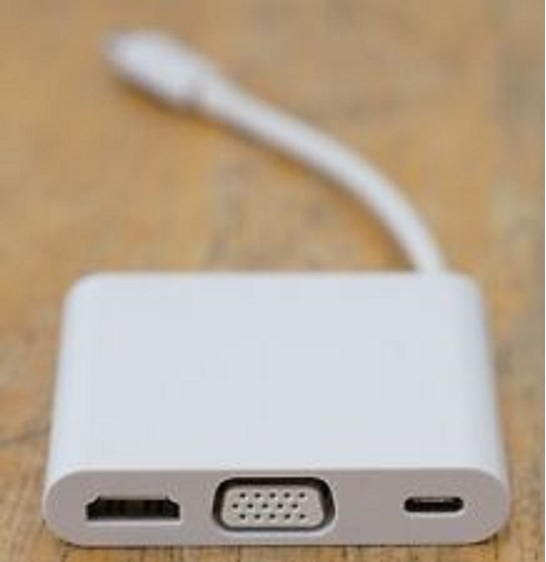Industrial single board computers come in a variety of shapes and sizes, with different features to suit your needs. Be sure you consider how much power consumption is required for the application before making any purchases as well as what type or class card cage will work best depending on where it’ll be placed within an equipment bay ( passively backplane ). Finally remember that although performance may not always seem important at first glance; having plenty o strong processing cores can really help speed things along when performing complex operations such establish roots into Firmware upgrades!
Power consumption of an industrial single board computer
Industrial single board computers are a great option for industrial environments because they are small and easy to integrate into existing equipment. These computers are also rugged and can handle extreme temperatures. This makes them ideal for industries such as aerospace, military, and automotive. Most models feature extended temperature ranges, USB and Ethernet host ports, and are easy to integrate into industrial networks.
Industrial single board computers can be configured with high-performance CPUs. Intel Celeron processors, for example, have a TDP of 15 Watts. The CPU in a single board computer should be capable of meeting the requirements of the specific application it is placed in.
Card cage
Industrial single board computers (SBCs) combine all the functions of a PC into one compact board. They can perform complex computing tasks and establish advanced machine-to-machine communications. Amphenol offers several connector solutions for SBC designs. Here are some of them. You can choose which one fits your needs best.
Industrial single board computers typically have one or more backplanes and chassis. These include a power supply, cooling fans, and slots for expansion boards. They can also use industry-standard ISA or extended ISA (EISA) bus technology for transferring 16 or 32-bit data. Alternatively, you can use the PCI bus for higher-speed data transfers.
Passive backplane
Passive backplane is the base of industrial PC. Passive backplane allows easy access to ISA and PCI slots and is available in different types. Advantech has designed a passive backplane that can be used with the PICMG 1.0 and PICMG 1.3 single board computers. The backplane allows users to configure all the PCI slot configurations.
The passive backplane is found on rack-mounted chassis. It allows the use of serial and parallel data communication. This type of backplane is used in critical mission environments, where conventional personal computers would require time to replace the motherboard. Passive backplanes are ideal for these environments.
Performance
Industrial single board computers are ultra-low-power miniaturised computers with high processing performance. They enable manufacturers to embed the latest computing power and performance into industrial products. Single-board computers are highly reliable, versatile and energy-efficient and are available in a variety of equipment variants. They are well suited for rugged, industrial environments and are compatible with the latest TFT panel technologies.
Typically, industrial sbc have a 3.5-inch form factor and are equipped with digital I/O interfaces. These industrial PCs are perfect for machine control, as they offer a high performance-to-size ratio. They are commonly equipped with Intel or AMD processors and are available in single-row connectors. Industrial single-board computers are also available in nano-size models with a variety of interfaces, making them ideal for various industrial applications.
Durability
One of the most important aspects of an industrial single board computer is its durability. These systems have to meet several criteria, including an operating temperature range from -40 to 85 degrees Celsius and MIL-STD-202 shock and vibration levels. A reliable industrial computer must also be capable of a long mean time between failure (MTBF).
Industrial single board computers are used for a variety of tasks. Historically, these computers functioned as simple logic controllers for human-machine interfaces. Today, they serve as the brain of highly complex systems.







